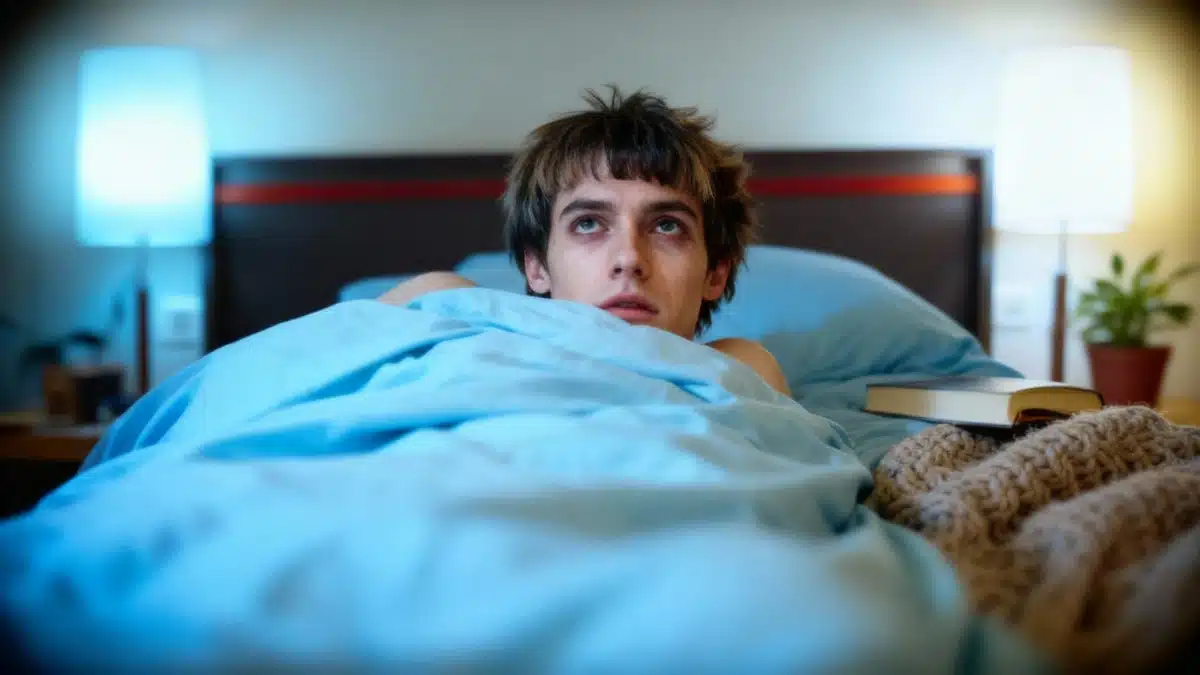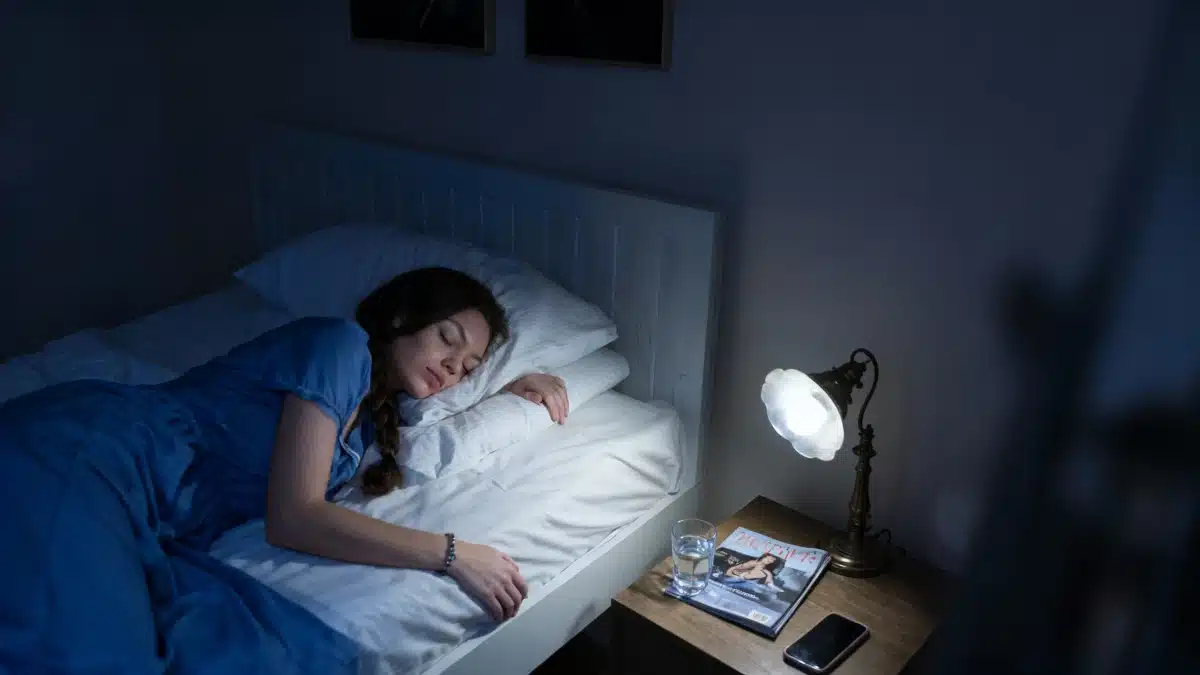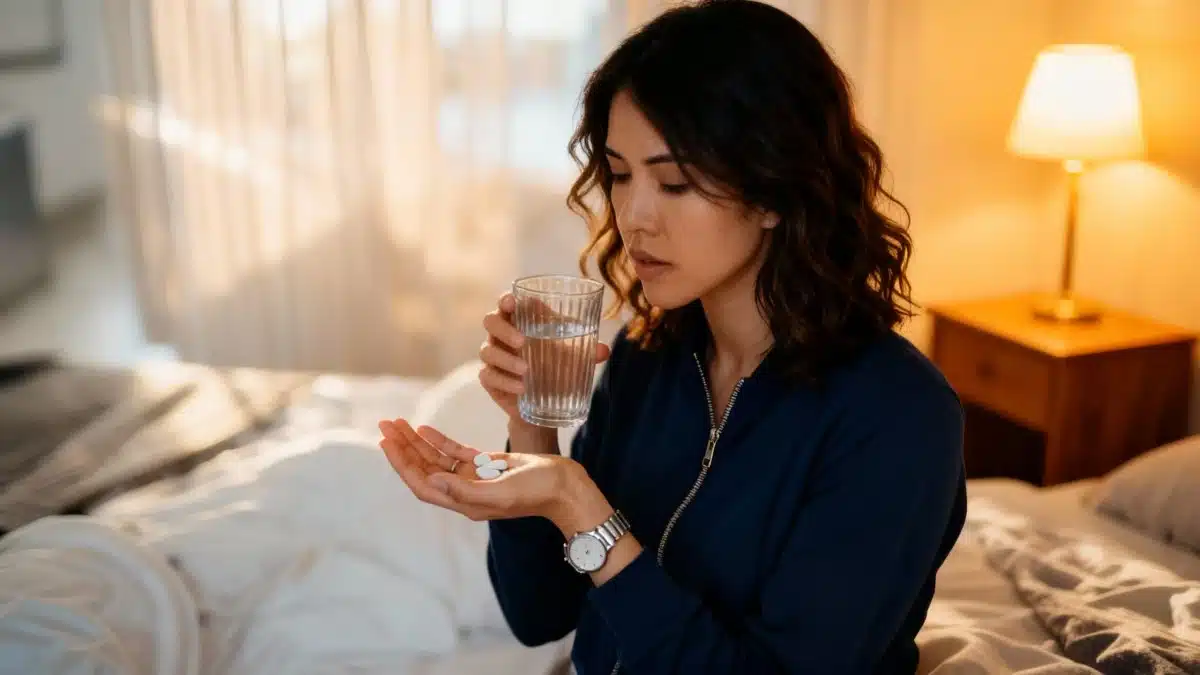The Surprising Story of Split Sleep
Today, sleeping straight through the night without waking feels perfectly natural (except, perhaps, after too much coffee). However, for millennia, humans actually slept in two distinct phases: an initial period of slumber in the evening followed by a second bout from the early morning onwards. No, this isn’t just an urban myth—there’s serious historical evidence to back it up!
The Historian Who Discovered ‘First’ and ‘Second’ Sleep
This revelation comes from historian Roger Ekirch, whose research took an interesting turn in the early 1990s. While poring over documents, he stumbled upon a remarkable testimony from 1699 by Jane Rowth, a young woman living in a village in northern England. She described the night her mother was murdered—and mentioned that men came for her “just after their first sleep.”
What struck Roger Ekirch most in Rowth’s statement was the mention of a “first sleep.” By implication, there had to be a second.
Intrigued, Ekirch kept digging. Over the following months, he uncovered numerous other references to this “biphasic sleep” pattern—not just in England, but across Europe and even further afield in Africa, Asia, and South America. And this wasn’t a medieval oddity: the oldest trace he found dates back to the 8th century BC in Homer’s Odyssey, while the latest examples appeared as recently as the early 20th century. That begs the question: what did our ancestors’ two-part sleep actually look like?
Nighttime, But Not As You Know It
In the 17th century, people typically went to sleep the first time between 9:00 and 11:00 p.m. Then came what was known as the “watch”—a period of wakefulness lasting until about 1:00 a.m. What did folks do with this late-night window? Practically everything:
- Farmers would check on their livestock or handle household chores.
- Christians might say prayers specifically meant for the watch.
- The more philosophically minded used it as a moment for reflection.
- Most people took the opportunity to socialize in a far more relaxed fashion than daytime allowed.
- Married couples, by the way, often valued this private interval most of all!
After a few hours awake, everyone headed back to bed for the so-called “morning” sleep, which would last until dawn or later—depending on how long their watch had lasted.
How Did We Lose Our Double Dose of Dreaming?
This division of sleep—very common among many animal species—almost completely vanished from human lives at the start of the 19th century, swept away by the Industrial Revolution. “Artificial lighting naturally allowed people to stay up later,” Roger Ekirch explains. Yet, wake-up times remained stubbornly fixed.
To keep up with these new—and arguably less forgiving—schedules, people’s sleep shifted. Sleep became deeper, and those natural periods of nighttime wakefulness faded away. Most of us no longer stir in the early night as our ancestors did, even if our bodies haven’t quite lost the knack.
So, if you’ve ever felt that waking at night seems, well, oddly natural, now you know why: your ancestors were the original masters of the midnight intermission!

John is a curious mind who loves to write about diverse topics. Passionate about sharing his thoughts and perspectives, he enjoys sparking conversations and encouraging discovery. For him, every subject is an invitation to discuss and learn.





